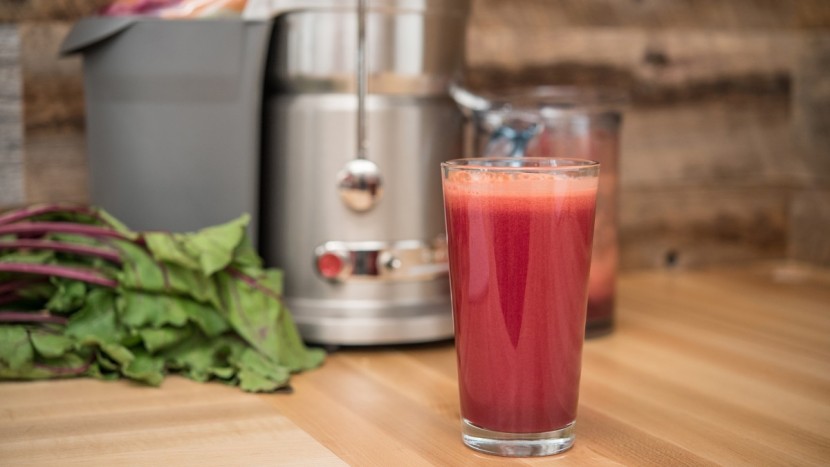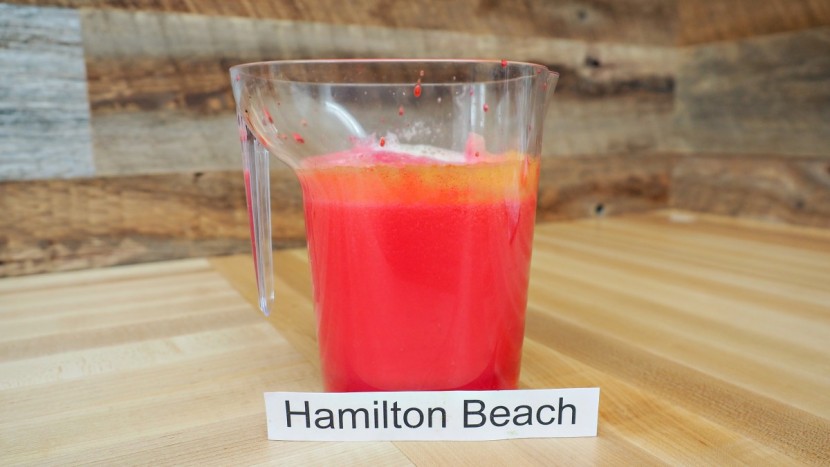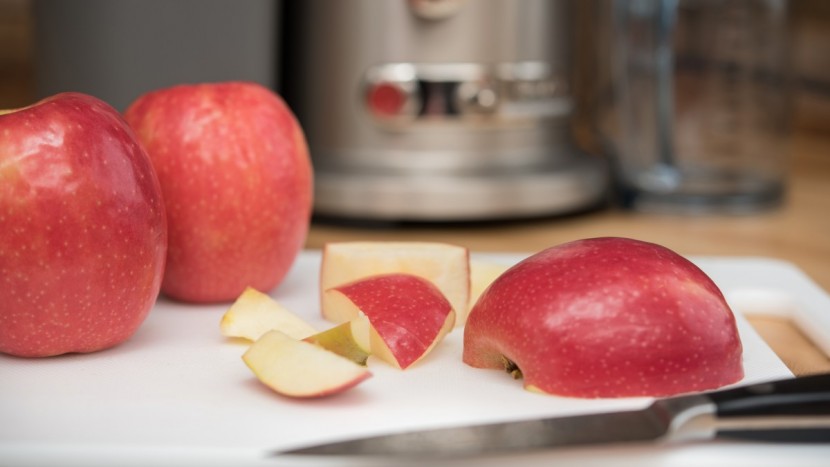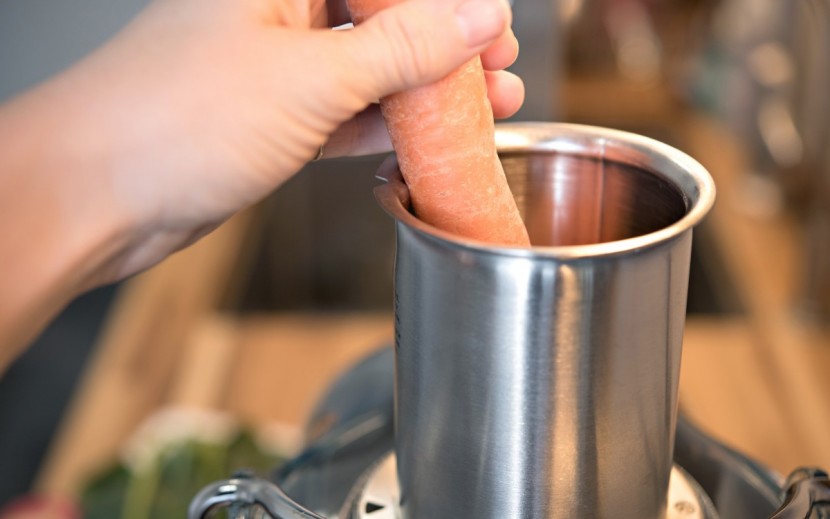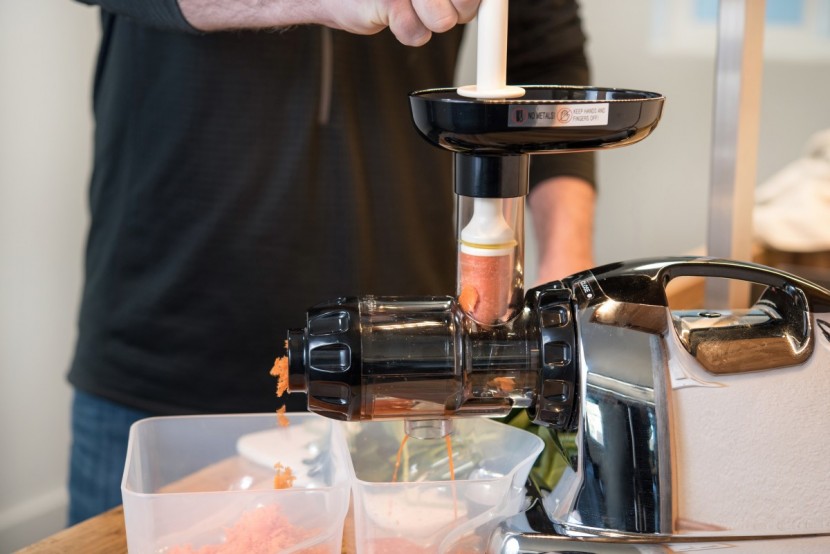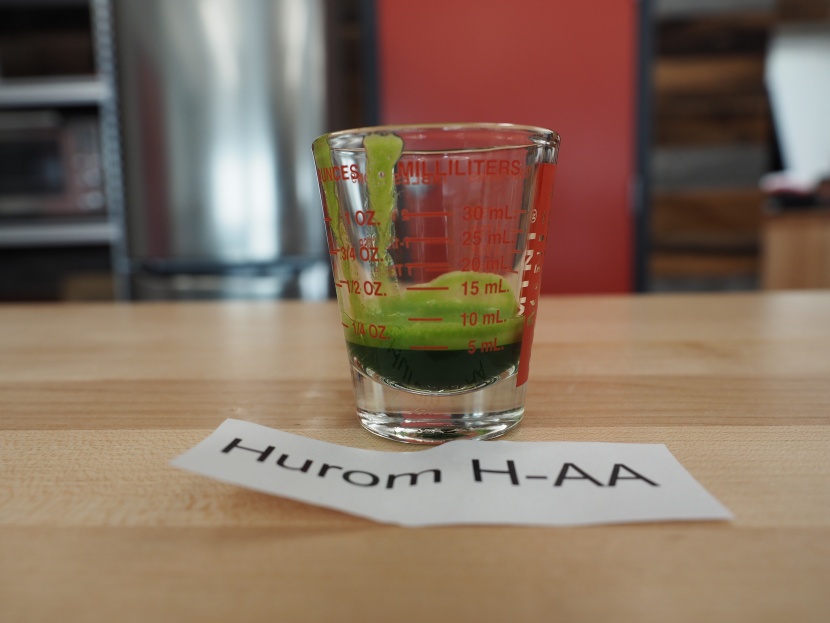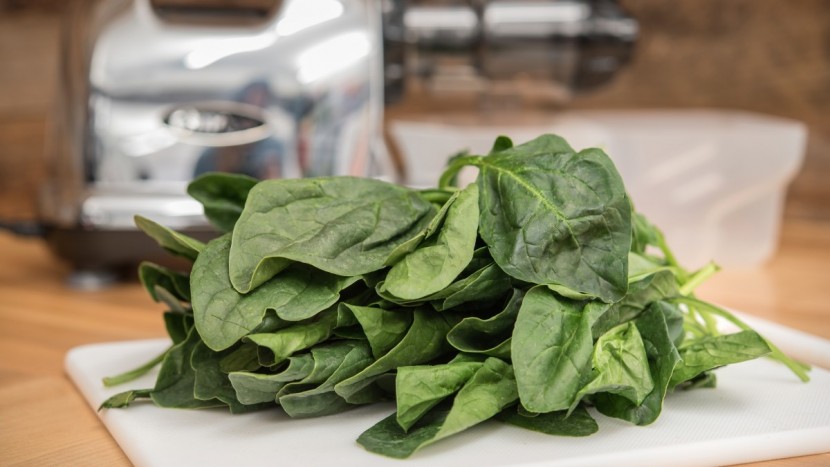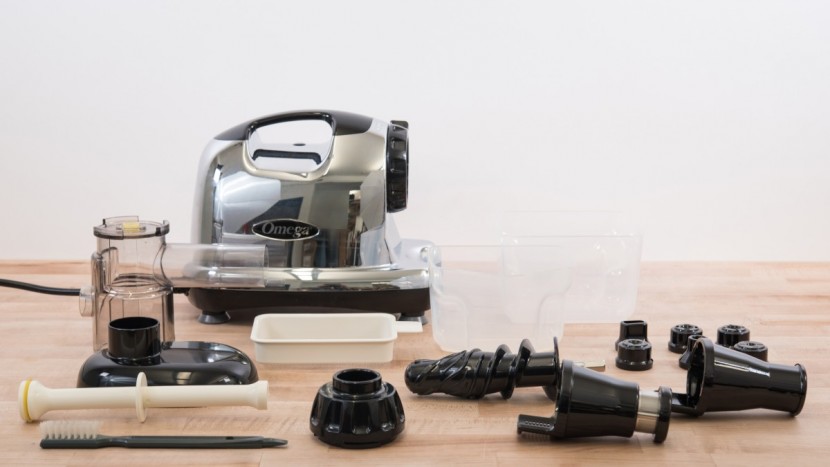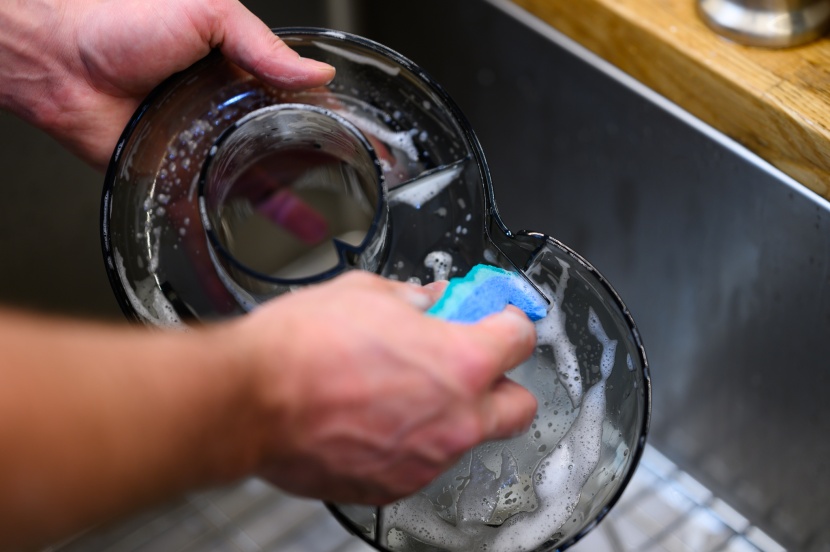In order to find the best juicer on the market, we researched over 50 models and settled on only the very best and most popular to purchase and test side-by-side. Our team spent over 60 hours examining these products, conducting a series of 15 tests to objectively score each product's performance. It is important to mention that our comparative testing ranks products relative to one another. Therefore, a low-scoring product doesn't mean it is a bad product; it simply means that it did not work as well for a particular purpose as some of the other top models on the market.
Our team developed a set of comprehensive rating metrics to directly compare these kitchen appliances side-by-side. These metrics are Juice Quality, Hard Produce, Soft Produce, Leafy Greens, and Cleaning. We use these mutually exclusive criteria to help identify particular strengths and weaknesses of each product — when combined, they help us pick out the best overall models, the best values based on price and performance, and the best products for specific uses. For more information on what to look for when buying a new juicer, take a look at our comprehensive Buying Advice article.
Juice Quality
Ultimately, the best option is the one that produces the best quality glass of juice, so this metric makes up 25% of a product's overall score. We chose to test with three different juice recipes to gauge how these products might differ depending on the types of produce you plan to juice — each of these juice blends contained a variety of fruits, vegetables, and greens. A good quality juice has a smooth texture with minimal pulp, has not heated up during processing, and tastes like the produce you put in.
The biggest factor in texture is pulp content — essentially how much solid matter finds its way into the juice. Pulp content can be the difference between a smooth and palatable juice or one that is chunky and off-putting. We have a panel taste each drink and award points based on their preferences. We also ask them to comment on thickness: the best juice is not watery, nor is it a high-viscosity blend that closely resembles a smoothie, but rather some happy medium.
We then aggregate the results from our panel of testers and adjust scores based on any additional comments related to overall juice quality. The test juice batches combine a variety of hard and soft produce, as well as leafy greens. Particular models are actually better at processing certain types of fruits and vegetables than others, so we further examine each type of produce to better understand how each component relates back to juice quality.
Soft Produce
We start our individual assessment of produce types with soft produce. These are fruits and vegetables that have a high water content and are easily squeezed — examples include cucumbers, apples, celery, and oranges. Soft produce juicing makes up 20% of the overall score. Although we are still concerned about quality assessments, we focus a large part of this metric on juice yield.
We also note key components of the quality of each type of juice, including pulp content, amount of foam, color, temperature, and rate of separation. An ideal juice has low pulp, little to no foam, a color that is representative of what is being juiced, separates slowly, and is not heated up during processing.
Juice Yields
We measured yields for each type of produce tested, which is essentially a ratio of juice amount to produce weight. To determine the yield, we marked the weight of produce before juicing in ounces. After juicing, we measured the yield in milliliters, solids and all. We then strained the juice and measured the yield again.
From there, we averaged those two yield measurements and divided them by pre-juice weight to get the yield ratio. This creates a standard value so that we can directly compare products side-by-side. A high yield ratio means that you will get more juice out of the same amount of produce.
Hard Produce
This metric is judged similarly to Soft Produce and also makes up 20% of the overall score. Hard produce is fruits and vegetables that have a low water content and could not be easily squeezed in your hand — examples include carrots, beets, and sweet potatoes.
Although the tests are directly comparable to Soft Produce, the results can vary significantly because this type of produce tends to be more difficult to juice. The types of vegetables we tested with tend to be very pulpy and can be a serious test of power and durability for a juicer. Like before, we also make notes of pulp content, amount of foam, color, temperature, and separation rate.
Leafy Greens
To keep things balanced, our Leafy Greens metric is also responsible for 20% of the overall score. Leafy greens are a common addition to juices to add fiber and boost nutrient content — familiar examples include spinach, kale, and wheatgrass. Like the other metrics, we also note pulp content, amount of foam, color, temperature, and rate of separation.
Juicing leafy greens tends to be the most difficult task when it comes to juice extraction and acts as a great indicator of overall juice yields. It is not uncommon for even high-quality options to draw out very small amounts of juice from greens — particularly wheatgrass. However, many folks are drawn to juicing for this very purpose, so it is important to examine this aspect specifically.
Cleaning
Our final metric is important because ease of use and overall convenience are directly tied to ease of cleaning. Even though this metric only accounts for the remaining 15% of the overall score, the difficulty in cleaning can make or break your experience. After each of the previous tests, we cleaned each product — this resulted in a lot of time disassembling, scrubbing, and re-assembling these products.
We use our own hands-on experience to score each product in terms of cleaning. We individually score the difficulty of cleaning the discs or auger, the filter, food pusher, lid, strainer bowl, pulp container, and the juice cup, as well as rating the effectiveness of the included cleaning tool. We also award points if the components are dishwasher safe or if a model is especially easy and intuitive to assemble.


